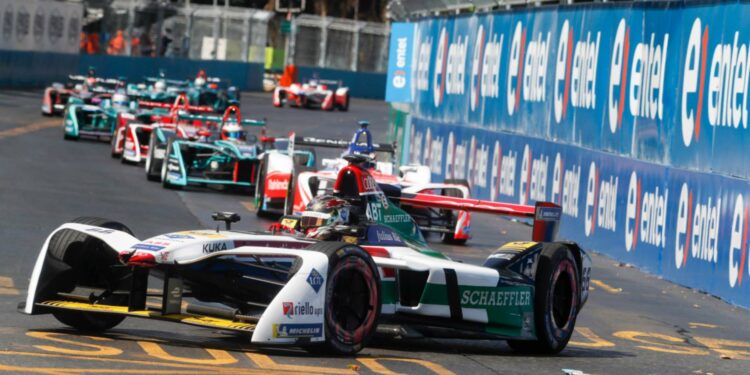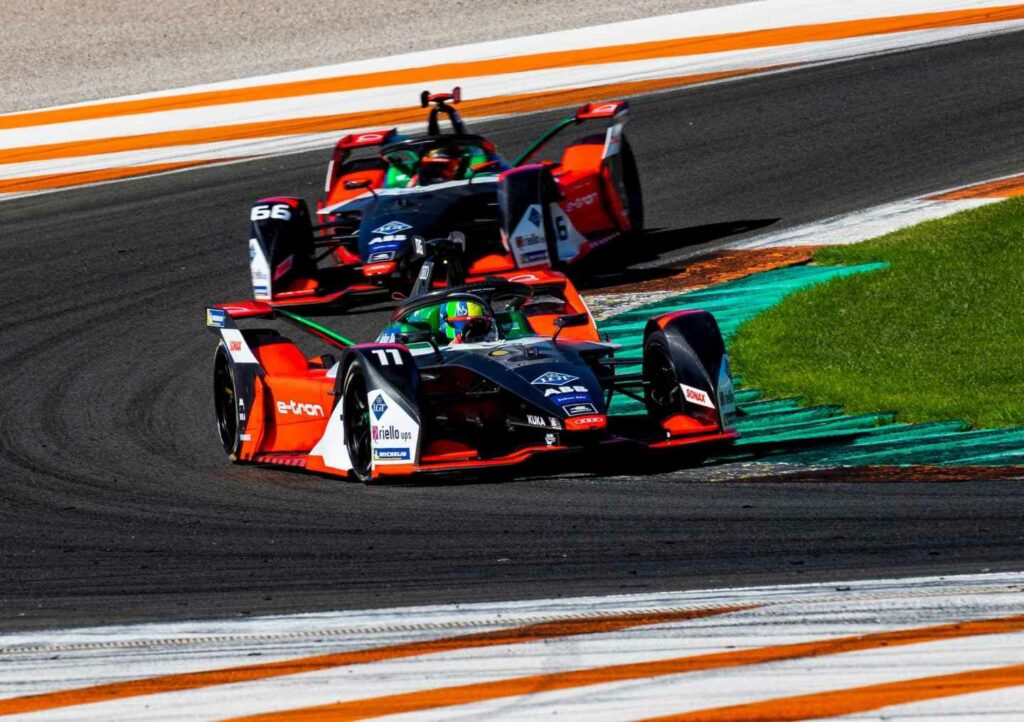The importance of climate change represents a key factor in Formula E racing which, in its 6-year history, works hard to achieve carbon neutrality. Three aspects have been essential to reach that goal: effective measurement of carbon emission, prioritizing the reduction of the championship’s carbon footprint and offset the remaining unavoidable emissions.
According to reports from the official Formula E page, they have work with Quantis, a specialist in carbon footprint measurement, in order to evaluate the life cycle that is used to calculate the carbon footprint within the competition.
The evaluation is a tool used to estimate the environmental, social and economic impact. The motorsports category has continually controlled for these impacts and has seen opportunities to improve operations and planning at the track.
Carbon facts
The Formula E website details that “the latest complete data, up to season 5, indicate that the CO2 footprint of Formula E corresponds to 72% to transport, 14% to personnel, 6% to spectators, 4% to food, 4% to operations and 1% to the manufacture of our cars, which represents emissions of 1 ton of CO2 equivalent to an annual carbon footprint of a person, according to the detailed figures in the Paris Agreement, which helps to achieve the central goal of limiting the temperature increase to 1.5 ° C ”.
They explain that consistently throughout the first five seasons, the biggest impact on CO2 emissions was actually caused by freight and transportation between race sites.
The proportions were estimated to have been the same in all seasons, with the exception of Season number 6, which was affected by the COVID-19 pandemic and half of the campaign was completed at a single site, Berlin’s Tempelhof Airport to take the biosecurity measures in order to avoid contagions.
Sustainability
Formula E has created a sustainability program based on three pillars: offering sustainable events, making a significant positive impact in each host city and using the global platform to promote electric cars and the role they will play in addressing air pollution.
In six seasons to date, along with the initiative to use fewer resources overall and drive sustainability, Formula E has worked hard to reduce greenhouse gas emissions.
For organizers with a net zero carbon footprint, the electric championship will kick off its seventh season in 2021. Powered by a new street racing campaign, the battle of the Formula E for clean air remains recharged and with renewed confidence.





















